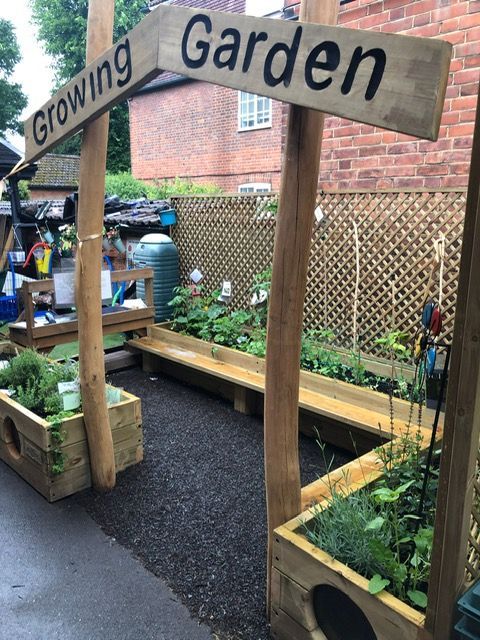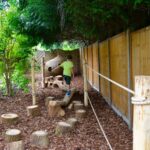Gardening is a wonderful hobby that can be enjoyed by people of all ages, including children. Designing a garden specifically for kids is a great way to introduce them to the joys of gardening and help them develop a love for nature.
When designing a garden for children, it is important to consider their interests and abilities. Choose plants that are easy to grow and have vibrant colors and interesting textures. Sunflowers, marigolds, and zinnias are all great choices for a children’s garden, as they are easy to grow and provide a pop of color.
Incorporating a variety of plants that appeal to the senses is also important when designing a garden for kids. Consider adding fragrant herbs like lavender and mint, as well as touch-and-feel plants like lamb’s ear and velvety sage. Including plants that attract butterflies and hummingbirds can also add an element of excitement to the garden.
Another important aspect of garden design for kids is creating designated spaces for play and exploration. Consider adding a small vegetable patch where kids can grow their own fruits and vegetables, or a digging area where they can play in the dirt. A small fairy garden or a miniature pond can also add a touch of whimsy to the space.
It is also important to involve children in the design and maintenance of the garden. Allow them to select plants and decorations, and encourage them to help with watering, weeding, and harvesting. This not only fosters a sense of ownership and responsibility, but also provides valuable opportunities for learning and skill-building.
Additionally, consider adding educational elements to the garden. Plant markers with the names of each plant can help children learn about different species, while a small compost bin or wormery can teach them about recycling and the importance of sustainability. Consider adding a bird feeder or insect hotel to attract wildlife and promote biodiversity.
In conclusion, designing a garden specifically for children is a rewarding and enjoyable experience that can help foster a love for nature and gardening. By choosing colorful and sensory plants, providing spaces for play and exploration, involving kids in the design and maintenance process, and adding educational elements, you can create a garden that will delight and inspire young gardeners for years to come.













